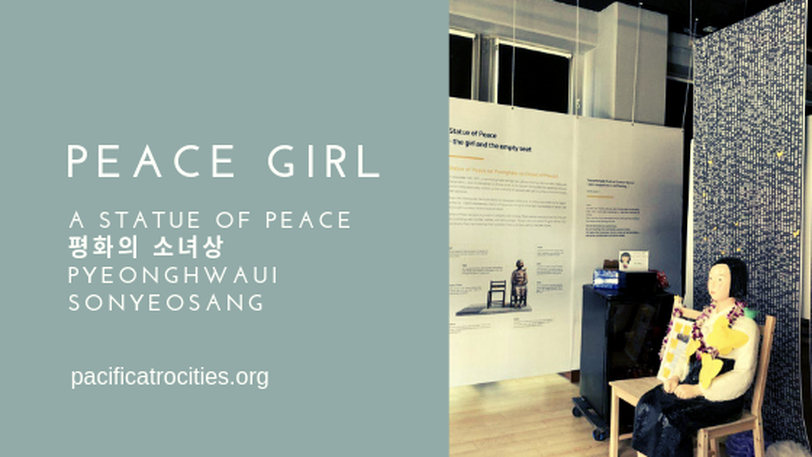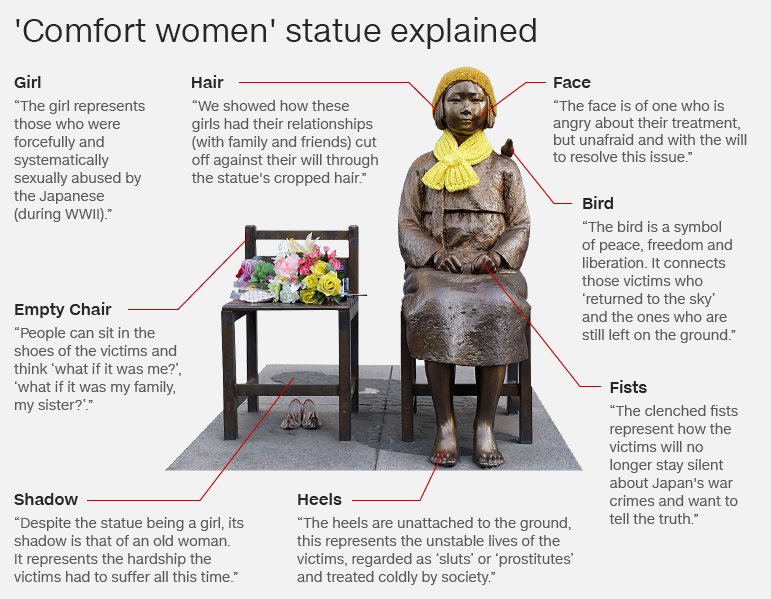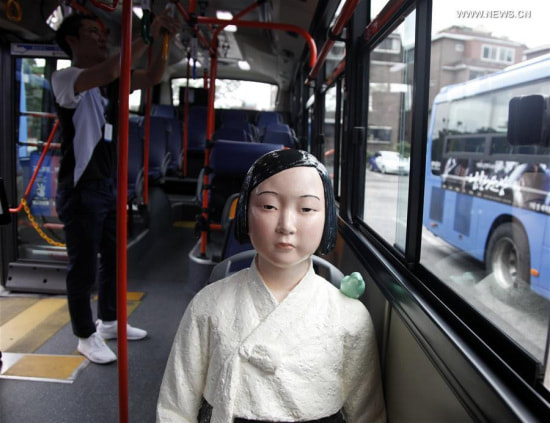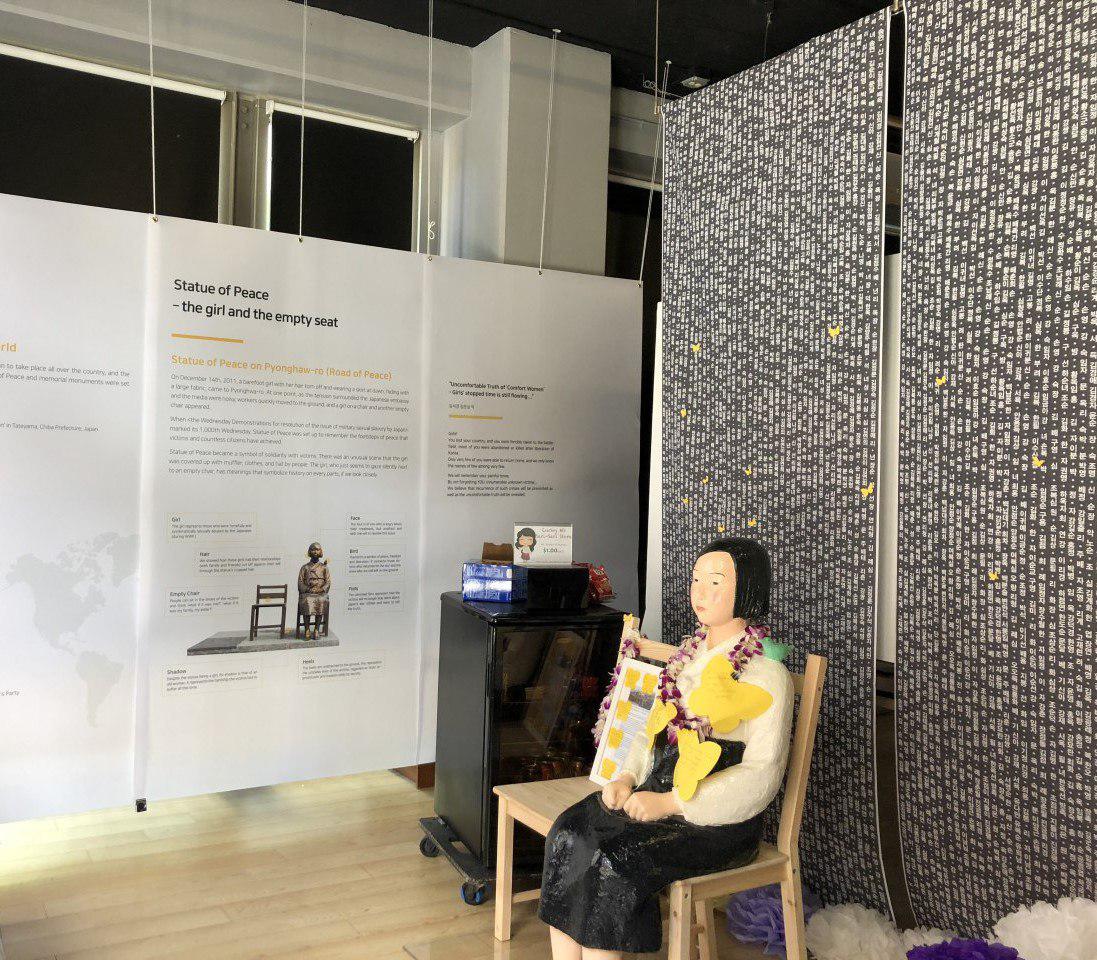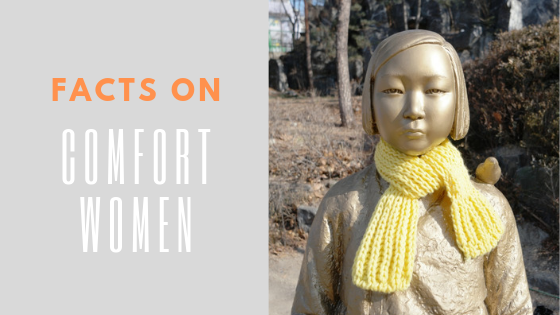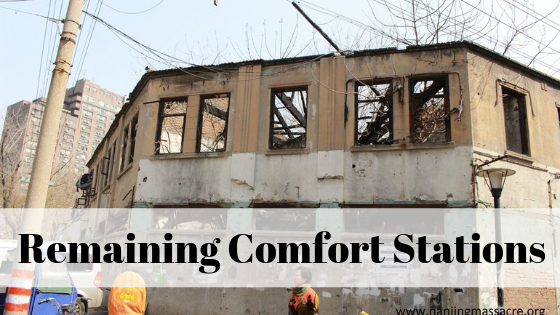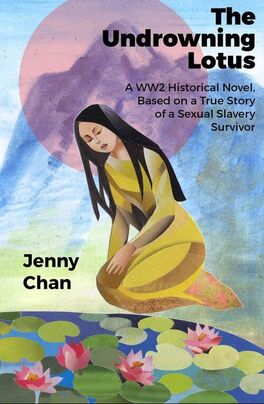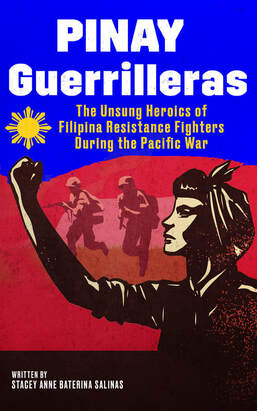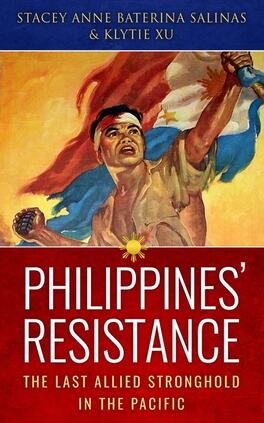|
One of the greatest things about Donald Trump being the president is how the media put a microscope on his every move. He can spark controversy with everything, his actions in Asia had sparked a bit of media controversy. (continued) A couple of months ago, he tried to put pressure in North Korea by rallying the Americans’ allies in Asia: South Korea and Japan, but little did he realize the scars between the two countries. The painful history between the two countries started in the early 20th century. Japan saw its chance to claim a slice of the pie of Asia as China was defeated in the first Sino-Japanese War. At the time, Korea under the Choson Dynasty started reforming its policies to strengthen defense. Then as Japan defeated Russia during the Russo-Japanese War, Japan was set to establish its occupation of Korea for its empire’s expansion by 1910. The occupation was brutal from the start as Japanese abolished the teaching of the Korean culture, language, and history. Most of the historical documents were burned. Businesses and buildings were occupied by the Japanese military. Farmers were either forced off their land or to fulfill quotas set by the military. The brutality does not end there. By the beginning of the 1930s, Korean women were tricked into becoming “comfort women” or sex slaves for the Japanese soldiers. As the 2nd Sino Japanese War began, women were “recruited” from Japanese-occupied territories and Japan with the promise of a job or purchased by their parents to be “servants”. Once obtained by the Imperial Japanese Army, these girls got sent to different camps than what they expected. Most of them were sent to “comfort stations” where they were raped day and night by different soldiers. At the end of the war, there was mass murder as Japan tried to cover up its war crimes. Although not clear on the exact number, historians estimated that there were about 100,000 to 200,000 women who were rounded up as comfort women. At the end of the war, Japan surrendered and Korea recovered its sovereignty. Most women stayed in silence since the topic in Korea is such a taboo topic. Not to mention, the west meddled with Korea and the country was split into two. However, the redress movement in South Korea was started in 1991 when Kim Hak-Sun testified in public about her experiences. Ever since then, more former comfort women stepped up to talk about their experience and a redress movement was ignited. Since 1992, a demonstration organized by the Korean Council had been held in front of the Embassy of Japan in Seoul at noon happens every week. By the 1000th rally on December 14, 2011, A Statue of Peace, “Pyeonghwabi” was established outside the embassy. This is the statue explained: In 2017, the Seoul Metropolitan Government installed 5 peace girls on buses and the buses featured audio excerpts of a South Korean film regarding the comfort women issue that played whenever the buses passed by the Japanese embassy in central Seoul. Many riders found it sobering to ride the bus with the comfort women statues. The comfort women issue had since sparked discussions in the United Nations. However, Japan had still not moved on and demanded the statues be removed. After the establishment of the comfort women statue in San Francisco, Osaka ended its sister city relationship with San Francisco. One of the peace girls installed in the Seoul busses will be at our upcoming event: Boba Making + Trivia! Come meet her as well as enjoy our community building event! References
Related ArticlesRelated Books
0 Comments
Leave a Reply. |
- Home
- Stories
-
Internship
- Summer 2024 Internship
- Summer 2023 Internship
- Fall 2022 Internship
- Summer 2022 Internship
- Summer 2021 Internship
- Fall 2020- Spring 2021 Internship
- Summer 2020 Internship
- Fall 2019 Internship
- Summer 2019 Internship >
- School Year 2018-2019 Internship
- Summer 2018 Internship >
- Fall 2017 Internship
- Summer 2017 Internship >
- Books
- Archives
-
Resource Page
-
Supplementary Research Guides
>
- Unit 731 - Guide >
-
Philippines' Resistance - Guide
>
- Philippines World War II Timeline
- The Japanese Invasion & Conquest of the Philippines
- Bataan Death March
- Formation of Underground Philippines Resistance
- Supplies of the Guerrilla Fighters
- The Hukbalahap
- Hunter's ROTC
- Marking's Guerrillas
- United States Army Forces in the Philippines of Northern Luzon (USAFIP-NL)
- The Aetas
- Chinese and Filipino-Chinese Nationalist Guerrilla Units
- The Female Faces of the Philippine Guerrillas
- Rising Sun Flag - Guide >
- Pinay Guerrilleras - Guide >
- Fall of Singapore - Guide >
- Three Years and Eight Months - Guide >
- Siamese Sovereignty - Guide >
- The Khabarovsk War Crimes Trial - Guide >
- Unit 731 Cover-up : The Operation Paperclip of the East - Guide >
- Marutas of Unit 731 - Guide >
- Prince Konoe Memoir - Guide >
- Competing Empires in Burma - Guide >
- Battle of Shanghai - Guide >
- Ishi Shiro - Guide >
- Taiwan The Israel of the East - Guide >
- Seeking Justice for Biological Warfare Victims of Unit 731 - Guide >
- Rice and Revolution - Guide >
- Clash of Empires - Guide >
-
Hunger for Power and Self-SufficiencyI - Guide
>
- The Influence of War Rations on Post-War Culinary Transformations
- How World War II Complicated Food Scarcity and Invention
- American Military Innovations
- Government-Sponsored Food Inventions in Europe during World War II
- Feeding the Army: The Adaptation of Japanese Military Cuisine and Its Impact on the Philippines
- Mixed Dishes: Culinary Innovations Driven by Necessity and Food Scarcity
-
Denial A Quick Look of History of Comfort Women and Present Days’ Complication - Guide
>
- The Comfort Women System and the Fight for Recognition
- The Role of Activism and International Pressure
- The Controversy over Japanese History Textbooks
- The Sonyŏsang Statue and the Symbolism of Public Memorials
- Activism and Support from Japanese Citizens
- The Future of Comfort Women Memorials and Education
- Echoes of Empire: The Power of Japanese Propaganda - Guide >
- Lesson Plans >
-
Supplementary Research Guides
>
|
Pacific Atrocities Education
730 Commercial Street San Francisco, CA 94108 415-988-9889 |
Copyright © 2021 Pacific Atrocities Education.
We are a registered 501 (c)(3) charity. |
- Home
- Stories
-
Internship
- Summer 2024 Internship
- Summer 2023 Internship
- Fall 2022 Internship
- Summer 2022 Internship
- Summer 2021 Internship
- Fall 2020- Spring 2021 Internship
- Summer 2020 Internship
- Fall 2019 Internship
- Summer 2019 Internship >
- School Year 2018-2019 Internship
- Summer 2018 Internship >
- Fall 2017 Internship
- Summer 2017 Internship >
- Books
- Archives
-
Resource Page
-
Supplementary Research Guides
>
- Unit 731 - Guide >
-
Philippines' Resistance - Guide
>
- Philippines World War II Timeline
- The Japanese Invasion & Conquest of the Philippines
- Bataan Death March
- Formation of Underground Philippines Resistance
- Supplies of the Guerrilla Fighters
- The Hukbalahap
- Hunter's ROTC
- Marking's Guerrillas
- United States Army Forces in the Philippines of Northern Luzon (USAFIP-NL)
- The Aetas
- Chinese and Filipino-Chinese Nationalist Guerrilla Units
- The Female Faces of the Philippine Guerrillas
- Rising Sun Flag - Guide >
- Pinay Guerrilleras - Guide >
- Fall of Singapore - Guide >
- Three Years and Eight Months - Guide >
- Siamese Sovereignty - Guide >
- The Khabarovsk War Crimes Trial - Guide >
- Unit 731 Cover-up : The Operation Paperclip of the East - Guide >
- Marutas of Unit 731 - Guide >
- Prince Konoe Memoir - Guide >
- Competing Empires in Burma - Guide >
- Battle of Shanghai - Guide >
- Ishi Shiro - Guide >
- Taiwan The Israel of the East - Guide >
- Seeking Justice for Biological Warfare Victims of Unit 731 - Guide >
- Rice and Revolution - Guide >
- Clash of Empires - Guide >
-
Hunger for Power and Self-SufficiencyI - Guide
>
- The Influence of War Rations on Post-War Culinary Transformations
- How World War II Complicated Food Scarcity and Invention
- American Military Innovations
- Government-Sponsored Food Inventions in Europe during World War II
- Feeding the Army: The Adaptation of Japanese Military Cuisine and Its Impact on the Philippines
- Mixed Dishes: Culinary Innovations Driven by Necessity and Food Scarcity
-
Denial A Quick Look of History of Comfort Women and Present Days’ Complication - Guide
>
- The Comfort Women System and the Fight for Recognition
- The Role of Activism and International Pressure
- The Controversy over Japanese History Textbooks
- The Sonyŏsang Statue and the Symbolism of Public Memorials
- Activism and Support from Japanese Citizens
- The Future of Comfort Women Memorials and Education
- Echoes of Empire: The Power of Japanese Propaganda - Guide >
- Lesson Plans >
-
Supplementary Research Guides
>
